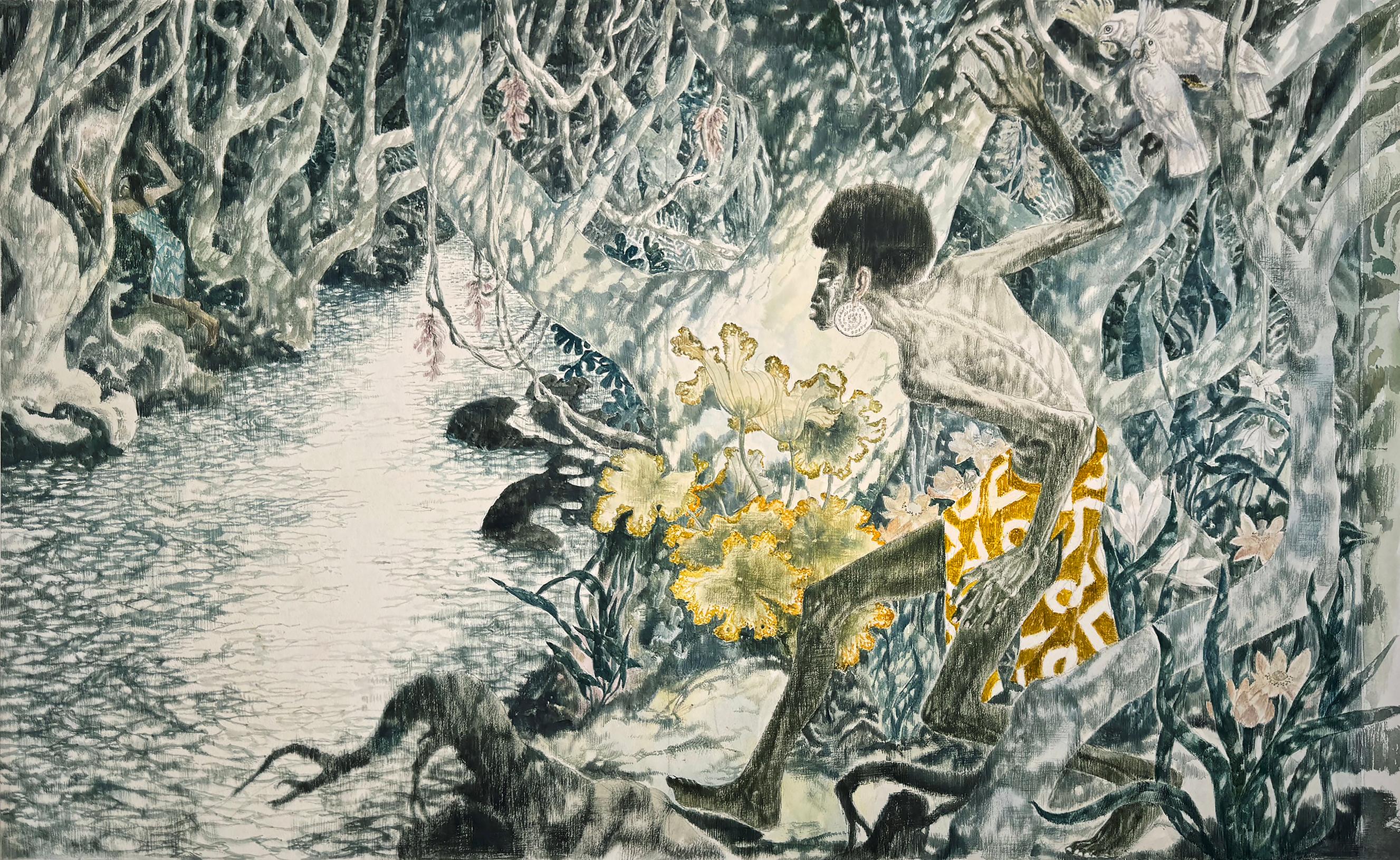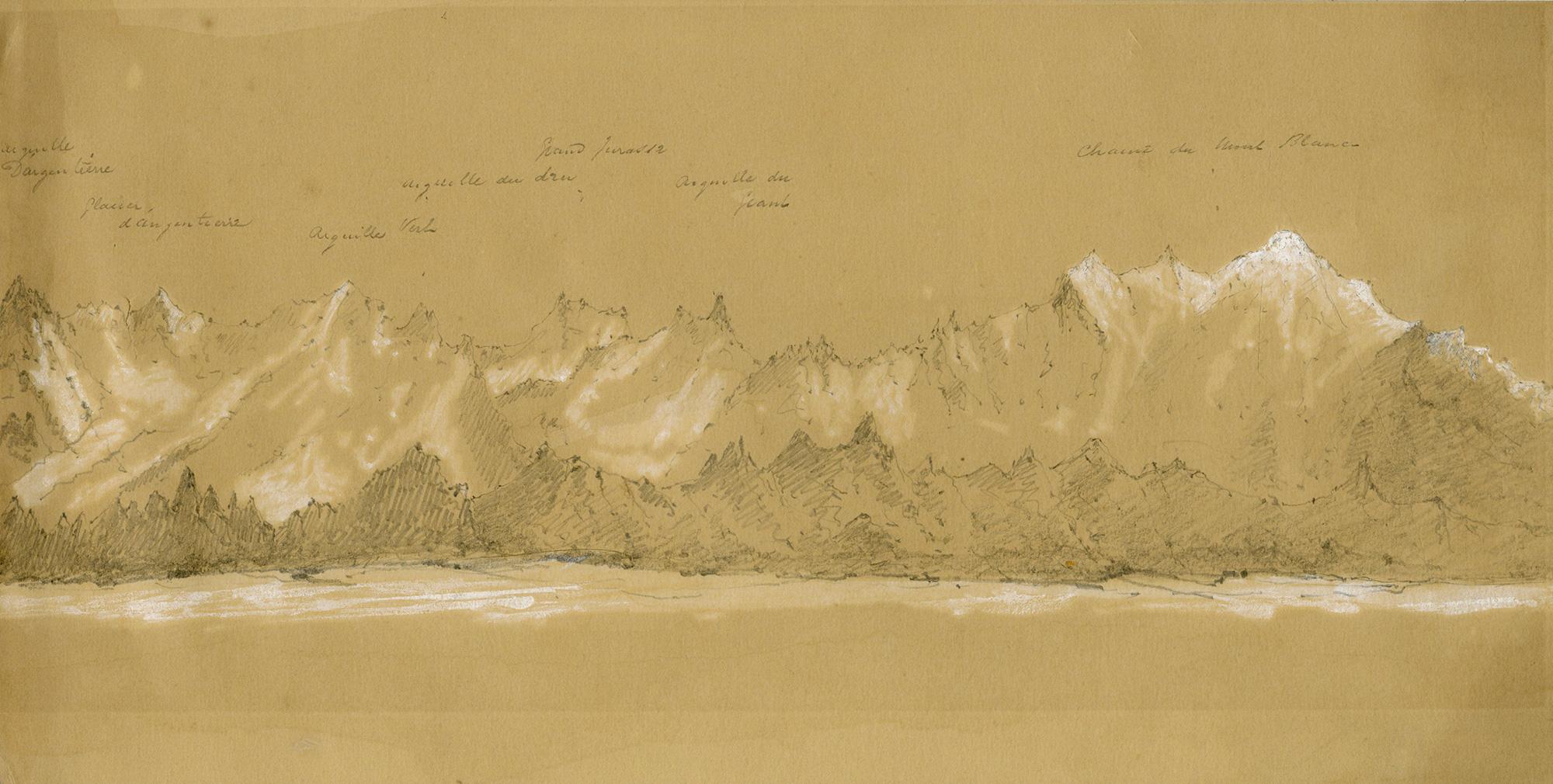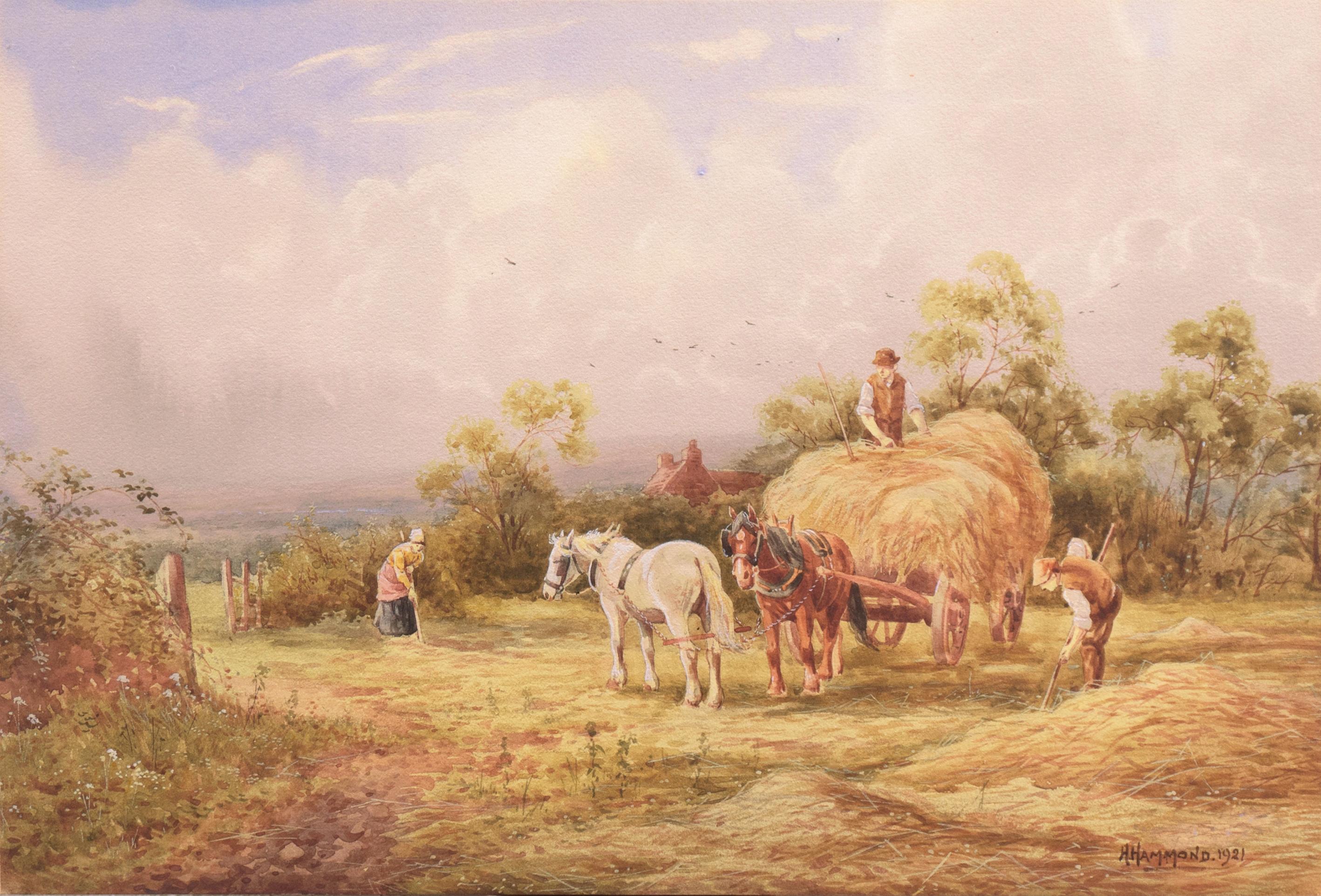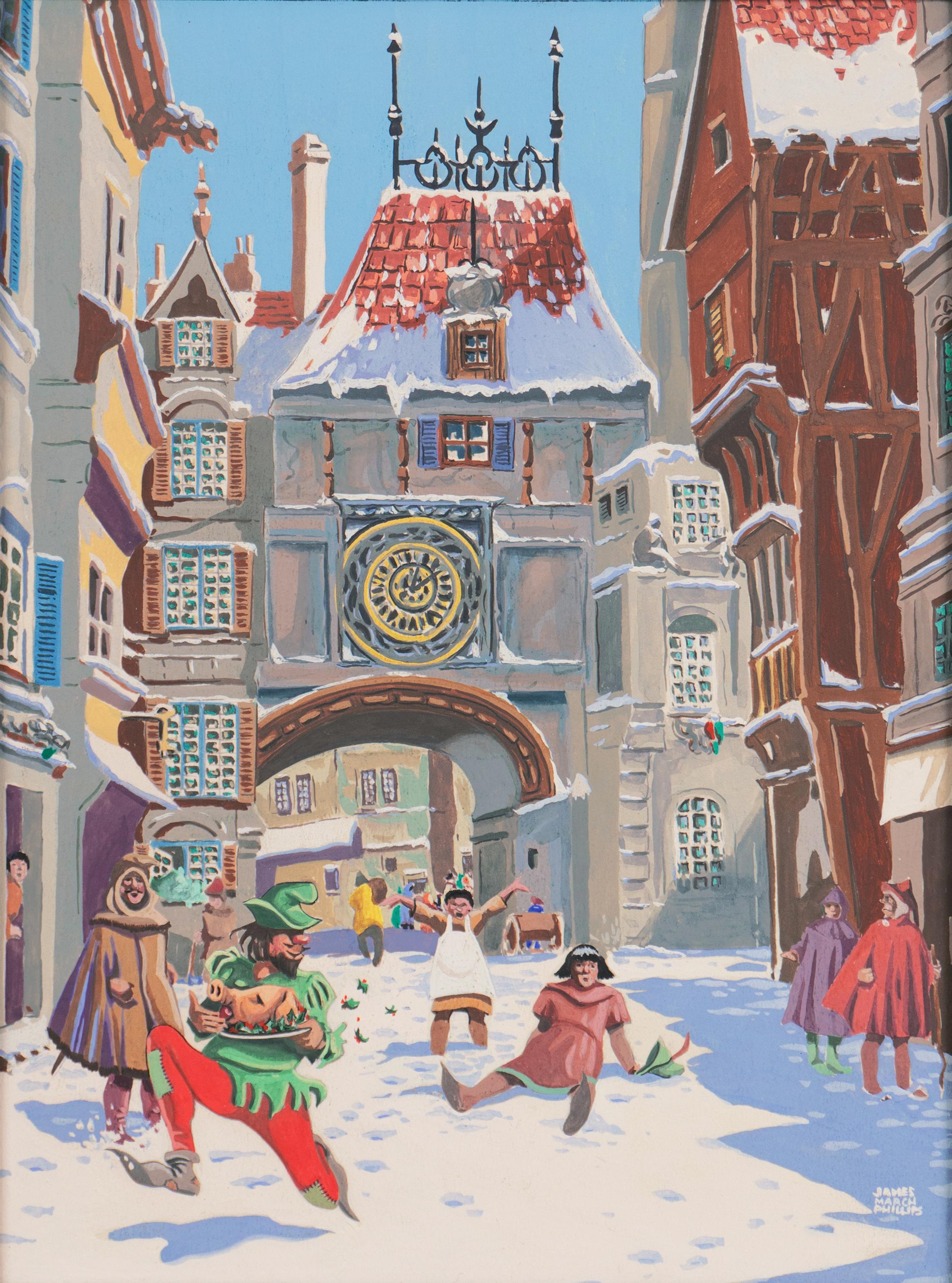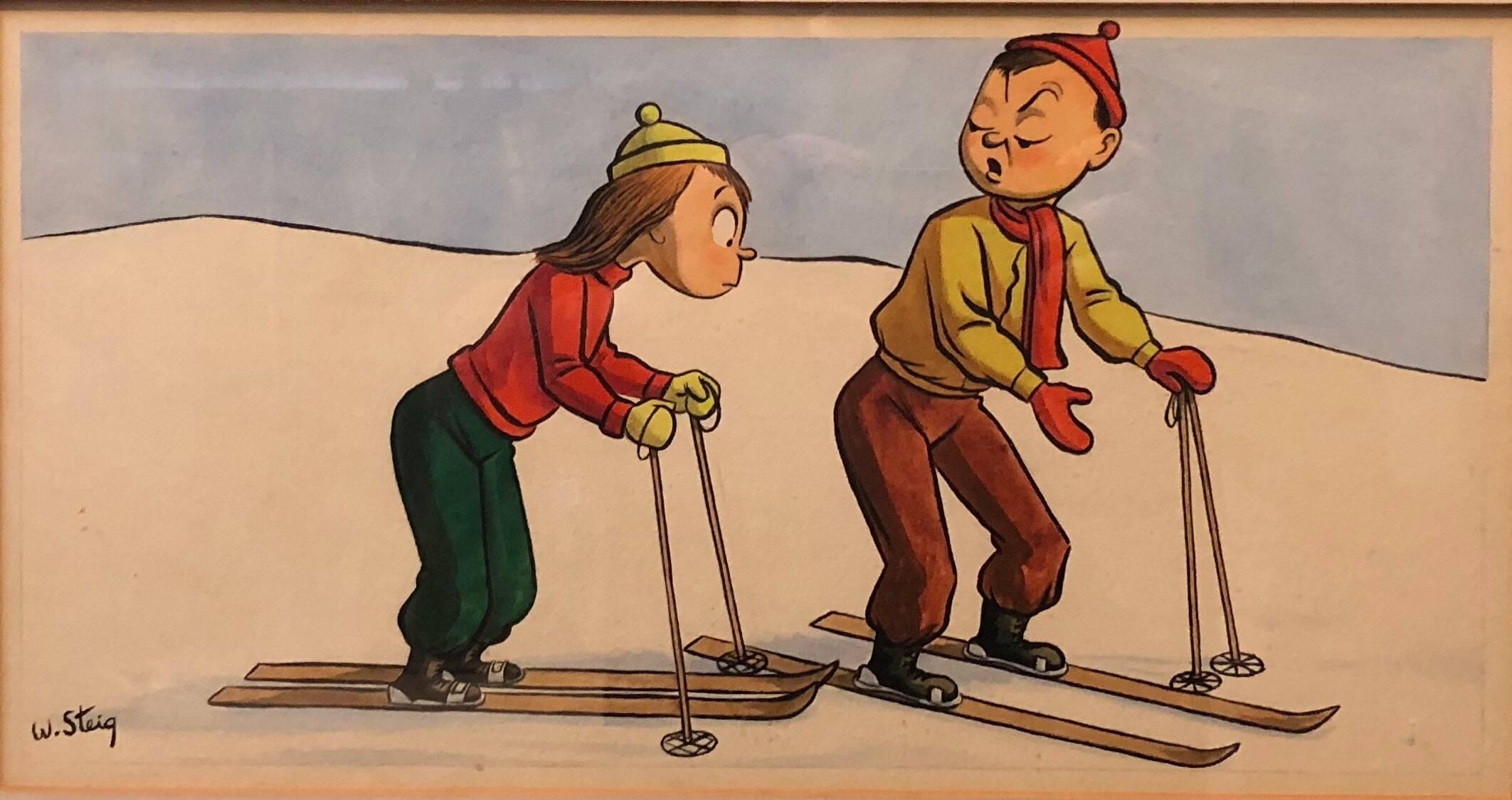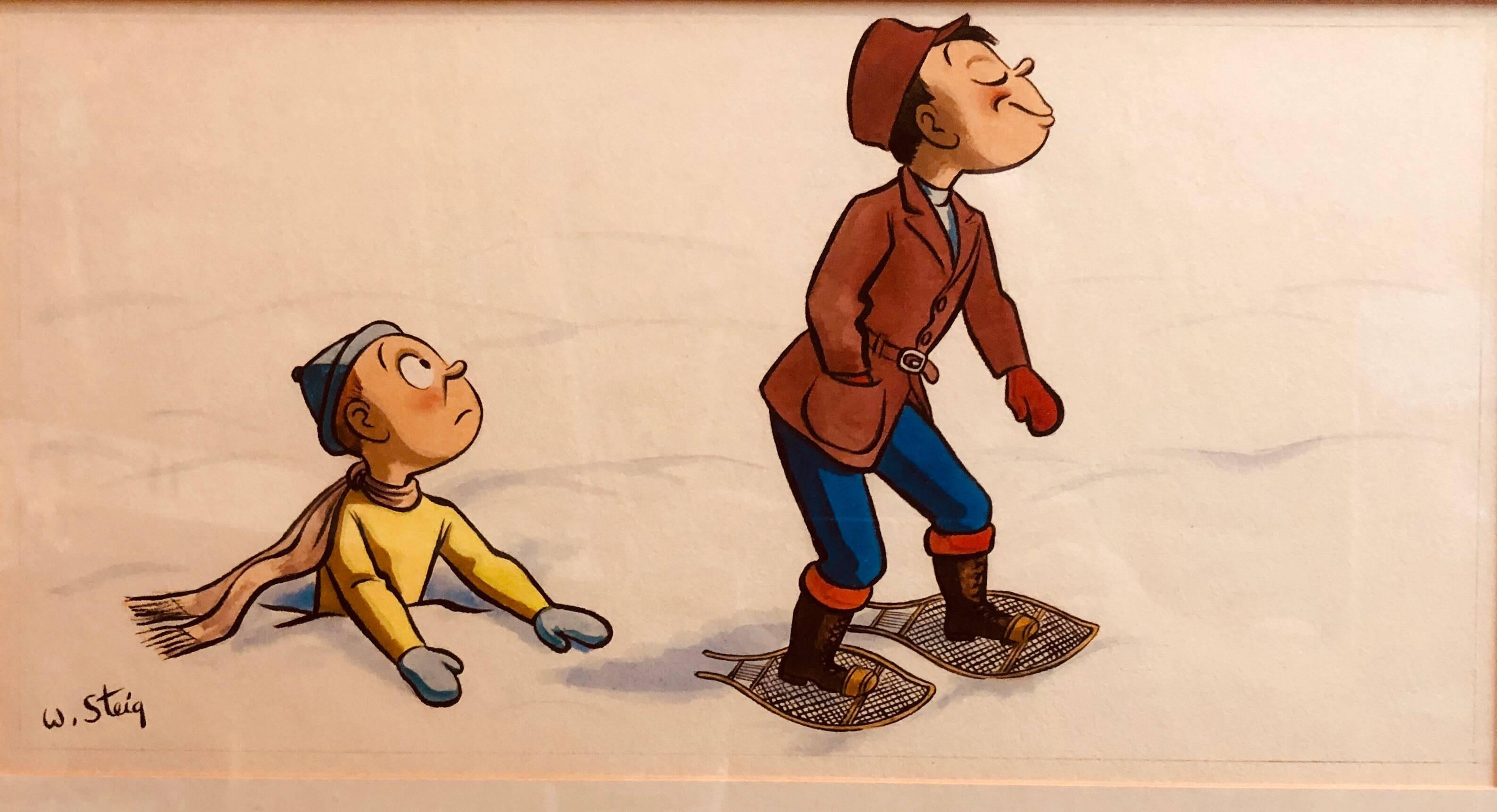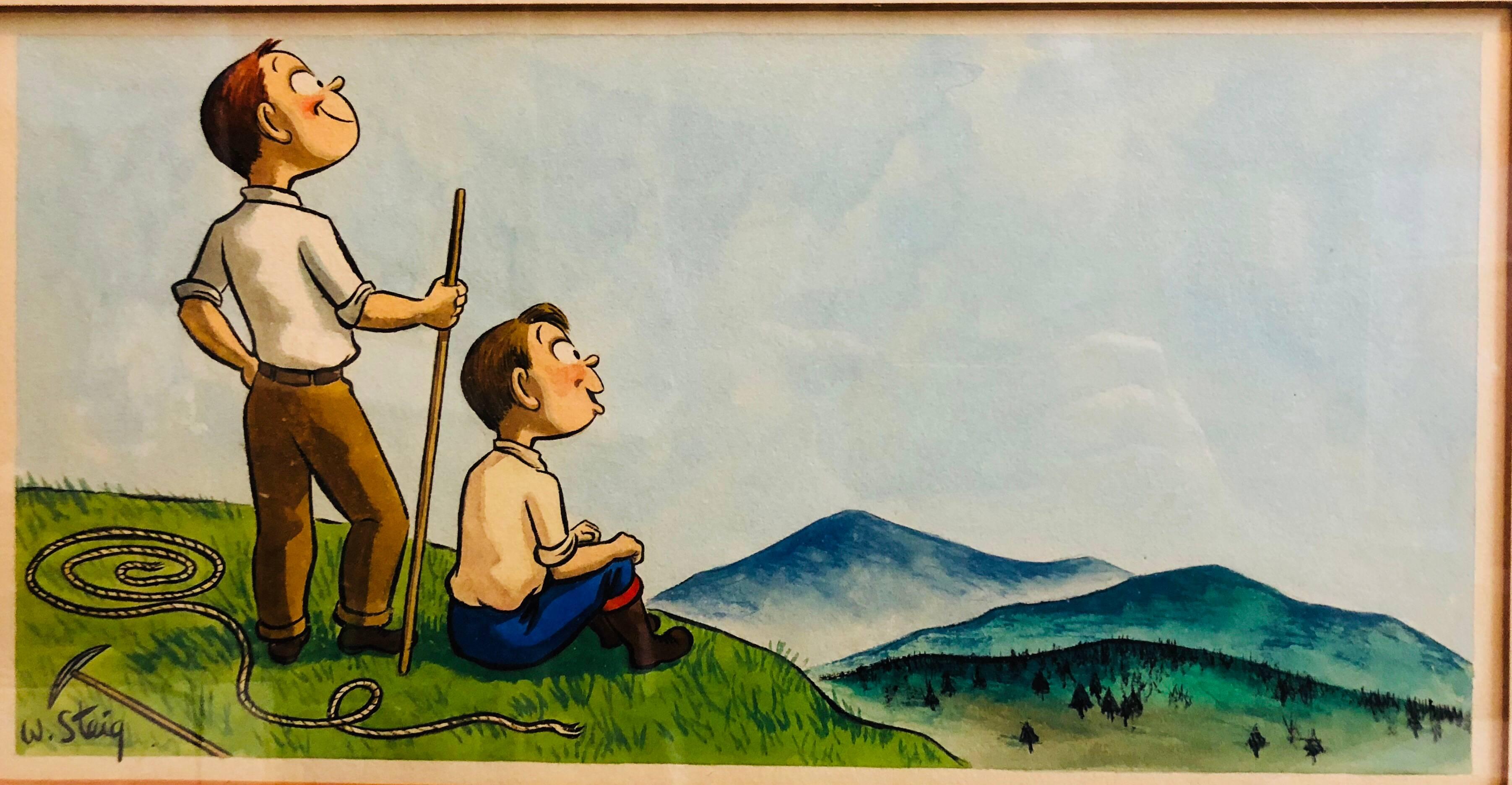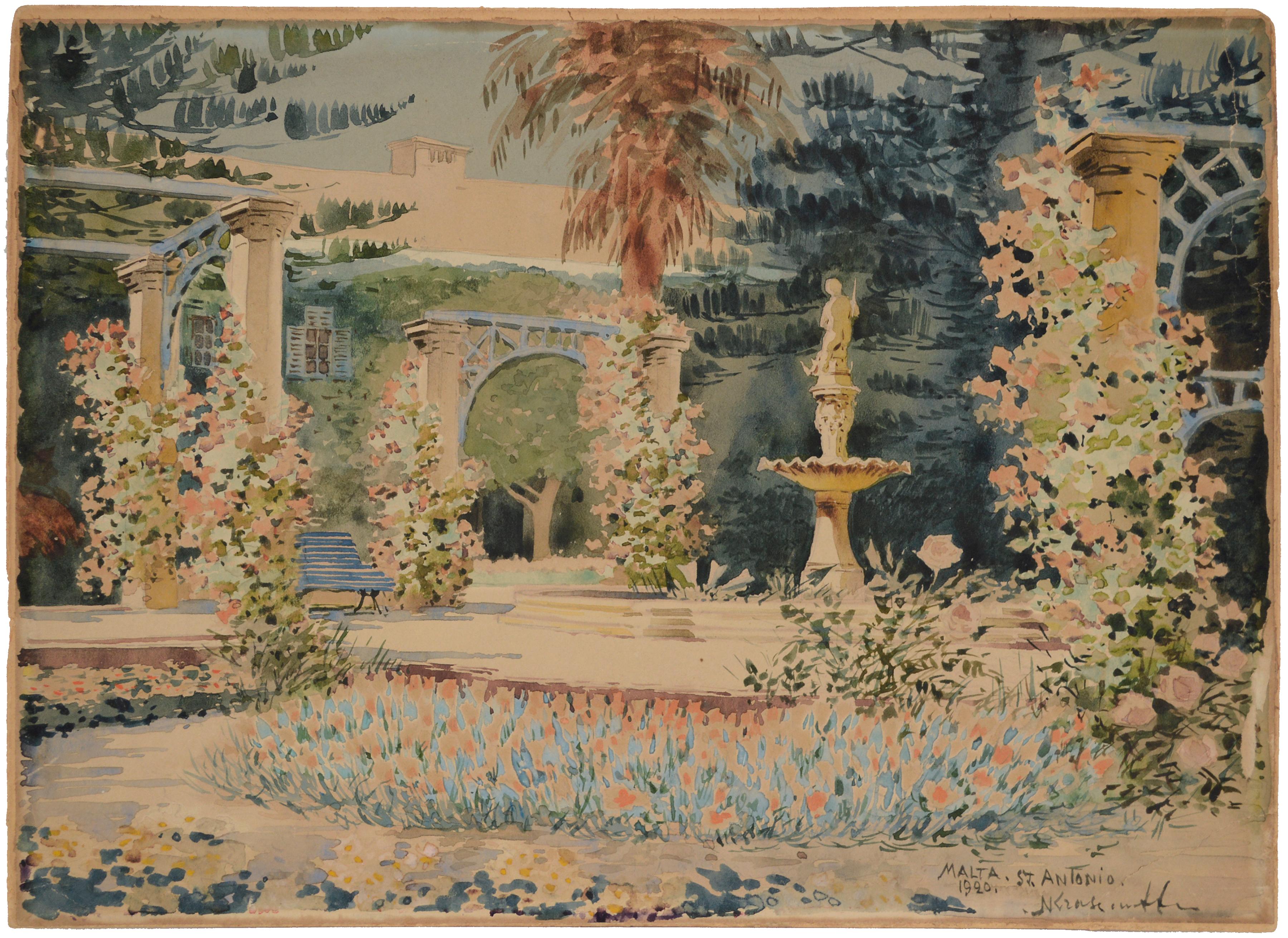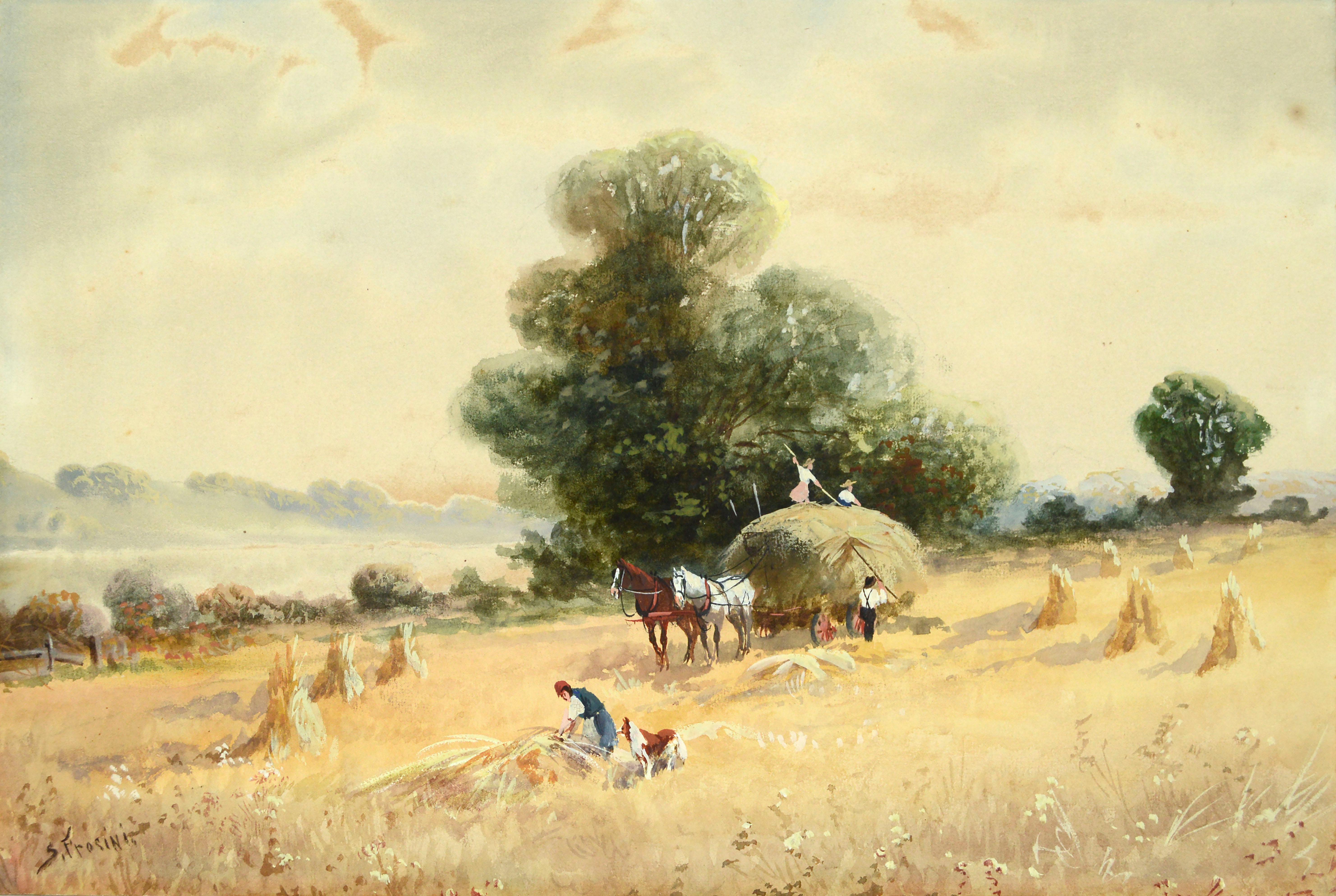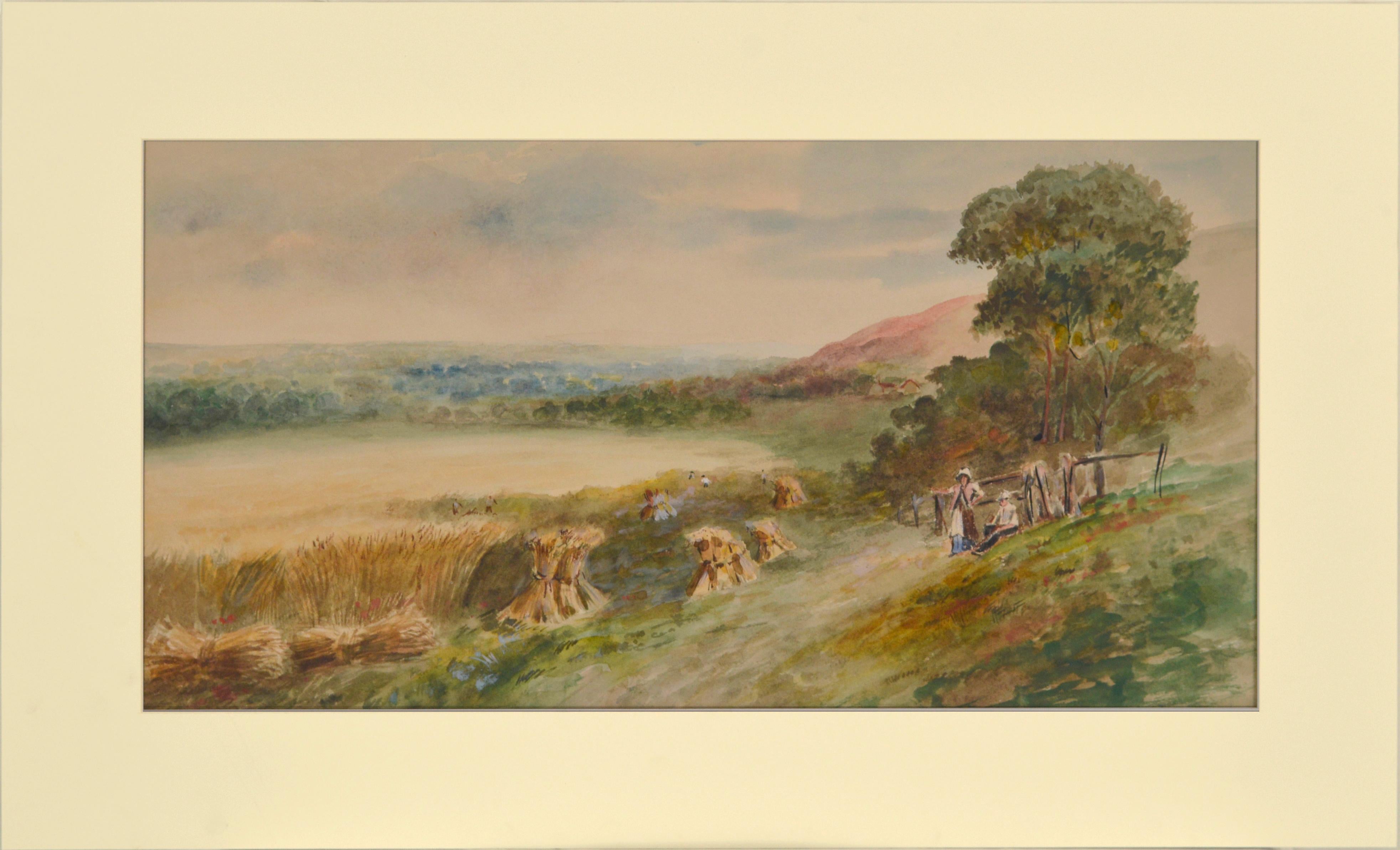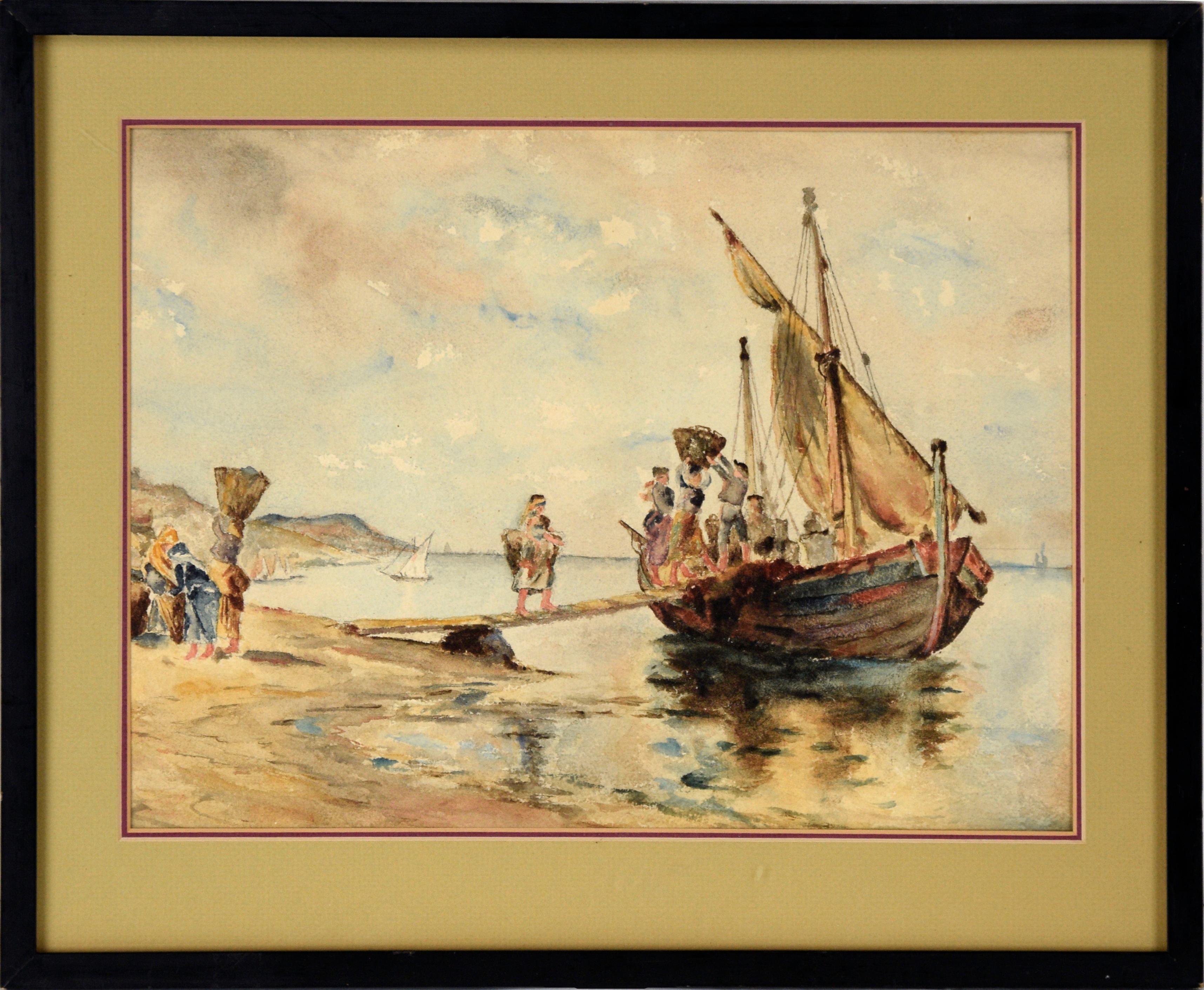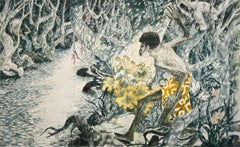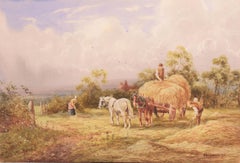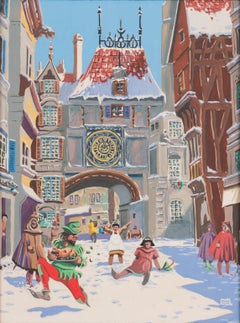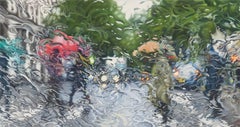
Avenue Raymond Poincaré, Paris, colored pencil drawing of cars & people in rain
1 of 13
Elizabeth PattersonAvenue Raymond Poincaré, Paris, colored pencil drawing of cars & people in rain2014
2014
$16,000List Price
About the Item
- Creator:Elizabeth Patterson (1954, American)
- Creation Year:2014
- Dimensions:Height: 27 in (68.58 cm)Width: 40 in (101.6 cm)
- Medium:
- Period:
- Condition:
- Gallery Location:West Hollywood, CA
- Reference Number:Seller: 132711stDibs: LU81412910901
Authenticity Guarantee
In the unlikely event there’s an issue with an item’s authenticity, contact us within 1 year for a full refund. DetailsMoney-Back Guarantee
If your item is not as described, is damaged in transit, or does not arrive, contact us within 7 days for a full refund. Details24-Hour Cancellation
You have a 24-hour grace period in which to reconsider your purchase, with no questions asked.Vetted Professional Sellers
Our world-class sellers must adhere to strict standards for service and quality, maintaining the integrity of our listings.Price-Match Guarantee
If you find that a seller listed the same item for a lower price elsewhere, we’ll match it.Trusted Global Delivery
Our best-in-class carrier network provides specialized shipping options worldwide, including custom delivery.You May Also Like
Australian Aboriginal Fairy Tale in Jungle Scene Fantasy like Paul Gauguin
Located in Miami, FL
Brilliant Italian Illustrator Gianni Benvenuti paints a moody fantasy that illustrates an Australian Fairy Tale. A young and fit Aboriginal man is scene chasing a beautiful Aborigin...
Category
1960s Surrealist Landscape Drawings and Watercolors
Materials
Tempera, Watercolor, Illustration Board, Pencil
Chaîne de Aravais (Mountains in the Alps) - French School, drawing, circa 1850
Located in Middletown, NY
A beautiful drawing of the Aravis mountain chain in the Alps, including Mont Blanc, with all of the peaks identified by hand.
Circa 1850
Graphite with white heightening on light card...
Category
Mid-19th Century French School Landscape Drawings and Watercolors
Materials
Cardboard, Color Pencil, Graphite
'Harvest Time', Royal Birmingham Society of Artists, London Royal Academy
Located in Santa Cruz, CA
Signed lower right, 'H. Hammond' for Horace Murray Hammond (British, circa 1879-1966) and dated 1921.
A luminously painted, bucolic view of harvest time in England with the lilac of the evening casting a soft light over the contented horses and loaded hay-cart, as the harvesters come to the end of their day's labors.
Son of the noted landscape painter, Robert John Hammond, Horace Hammond was born and raised in Warwickshire. In 1927, he moved, first to Worcestershire and then to London. Over the course of a long and successful career, Hammond exhibited widely, including at the Royal Birmingham Society of Artists, the Walker Art Gallery in Liverpool and at London's Royal Academy, among numerous other locations. A well-listed painter...
Category
1930s Academic Landscape Drawings and Watercolors
Materials
Watercolor, Gouache, Illustration Board
'The Thief from François Villon's Christmas', San Francisco Bay Area Illustrator
By James March Phillips
Located in Santa Cruz, CA
Signed lower right, 'James March Phillips' (American, 1913-1981) and painted circa 1965.
Displayed in an original card mat decorated by the artist. Signed lower right, in pencil, 'J. M. Phillips' and titled, lower left, ''The Thief' - from Francois Villon's Christmas'. Mat dimensions: 16 x 13 inches.
Born in California, James March Phillips first studied in San Francisco at the Jean Turner Art Academy and, later, under Alfred Owles...
Category
1960s Realist Landscape Drawings and Watercolors
Materials
Gouache, Illustration Board
Whimsical Illustration Skiing Cartoon, 1938 Mt Tremblant Ski Lodge William Steig
By William Steig (b.1907)
Located in Surfside, FL
Lighthearted Illustration of Outdoor Pursuits This one being a Skiing scene, a boy and a girl on skis. signed W. Steig
Provenance: from Mrs. Joseph B. Ryan, Commissioned by Joe Ryan for the bar at his ski resort, Mount Tremblant Lodge, in 1938.
Mont Tremblant, P.Q., Canada
Watercolor and ink on illustration board, sights sizes 8 1/2 x 16 1/2 in., framed.
In 1938 Joe Ryan, described as a millionaire from Philadelphia, bushwhacked his way to the summit of Mont Tremblant and was inspired to create a world class ski resort at the site. In 1939 he opened the Mont Tremblant Lodge, which remains part of the Pedestrian Village today. This original illustration is on Whatman Illustration board. the board measures 14 X 22 inches. label from McClees Galleries, Philadelphia, on the frame backing paper.
William Steig, 1907 – 2003 was an American cartoonist, sculptor, and, in his later life, an illustrator and writer of children's books. Best known for the picture books Sylvester and the Magic Pebble, Abel's Island, and Doctor De Soto, he was also the creator of Shrek!, which inspired the film series of the same name. He was the U.S. nominee for both of the biennial, international Hans Christian Andersen Awards, as a children's book illustrator in 1982 and a writer in 1988.
Steig was born in Brooklyn, New York in 1907, and grew up in the Bronx. His parents were Polish-Jewish immigrants from Austria, both socialists. His father, Joseph Steig, was a house painter, and his mother, Laura Ebel Steig, was a seamstress who encouraged his artistic leanings. As a child, he dabbled in painting and was an avid reader of literature. Among other works, he was said to have been especially fascinated by Pinocchio.He graduated from Townsend Harris High School at 15 but never completed college, though he attended three, spending two years at City College of New York, three years at the National Academy of Design and a mere five days at the Yale School of Fine Arts before dropping out of each.
Hailed as the "King of Cartoons" Steig began drawing illustrations and cartoons for The New Yorker in 1930, producing more than 2,600 drawings and 117 covers for the magazine. Steig, later, when he was 61, began writing children's books. In 1968, he wrote his first children's book. He excelled here as well, and his third book, Sylvester and the Magic Pebble (1969), won the Caldecott Medal. He went on to write more than 30 children's books, including the Doctor DeSoto series, and he continued to write into his nineties. Among his other well-known works, the picture book Shrek! (1990) formed the basis for the DreamWorks Animation film Shrek (2001). After the release of Shrek 2 in 2004, Steig became the first sole-creator of an animated movie franchise that went on to generate over $1 billion from theatrical and ancillary markets after only one sequel. Along with Maurice Sendak, Saul Steinberg, Ludwig Bemelmans and Laurent de Brunhofff his is one of those rare cartoonist whose works form part of our collective cultural heritage.
In 1984, Steig's film adaptation of Doctor DeSoto directed by Michael Sporn was nominated for the Academy Award for Best Animated Short Film. As one of the most admired cartoonists of all time, Steig spent seven decades drawing for the New Yorker magazine. He touched generations of readers with his tongue–in–cheek pen–and–ink drawings, which often expressed states of mind like shame, embarrassment or anger. Later in life, Steig turned to children's books, working as both a writer and illustrator.
Steig's children's books were also wildly popular because of the crazy, complicated language he used—words like lunatic, palsied, sequestration, and cleave. Kids love the sound of those words even if they do not quite understand the meaning. Steig's descriptions were also clever. He once described a beached whale as "breaded with sand."
Throughout the course of his career, Steig compiled his cartoons and drawings into books. Some of them were published first in the New Yorker. Others were deemed too dark to be printed there. Most of these collections centered on the cold, dark psychoanalytical truth about relationships. They featured husbands and wives fighting and parents snapping at their kids. His first adult book, Man About Town, was published in 1932, followed by About People, published in 1939, which focused on social outsiders. Sick of Each Other, published in 2000, included a drawing depicting a wife holding her husband at gunpoint, saying, "Say you adore me."
According to the Los Angeles Times, fellow New Yorker artist Edward Sorel...
Category
1930s Naturalistic Figurative Drawings and Watercolors
Materials
Archival Ink, Watercolor, Illustration Board
Whimsical Illustration "Snow" Cartoon, 1938 Mt Tremblant Ski Lodge William Steig
By William Steig (b.1907)
Located in Surfside, FL
Lighthearted Illustration of Outdoor Pursuits This one being cross country Snow Shoes signed "W. Steig"
Provenance: from Mrs. Joseph B. Ryan, Commissioned by ...
Category
1930s American Modern Figurative Drawings and Watercolors
Materials
India Ink, Watercolor, Illustration Board
